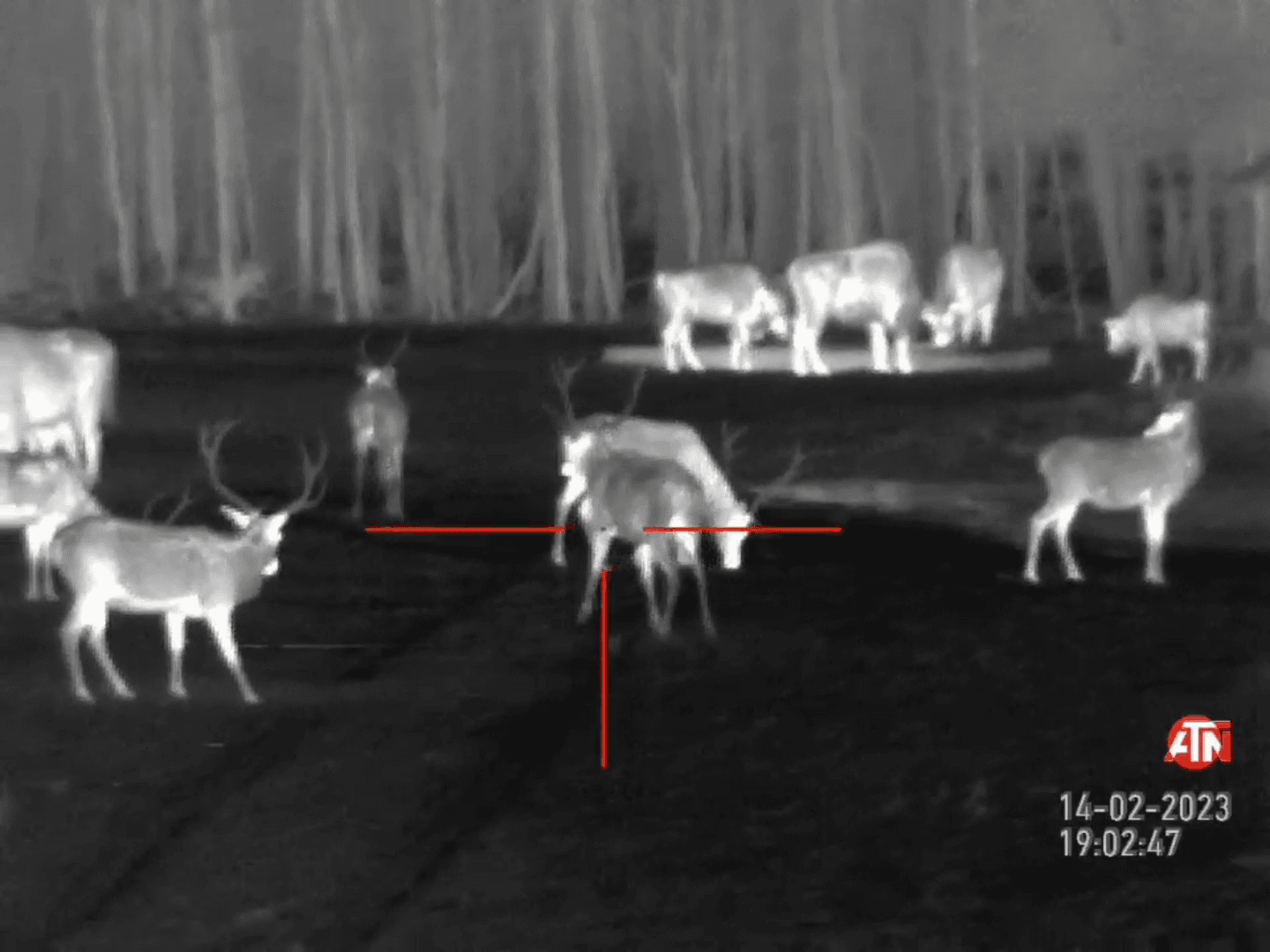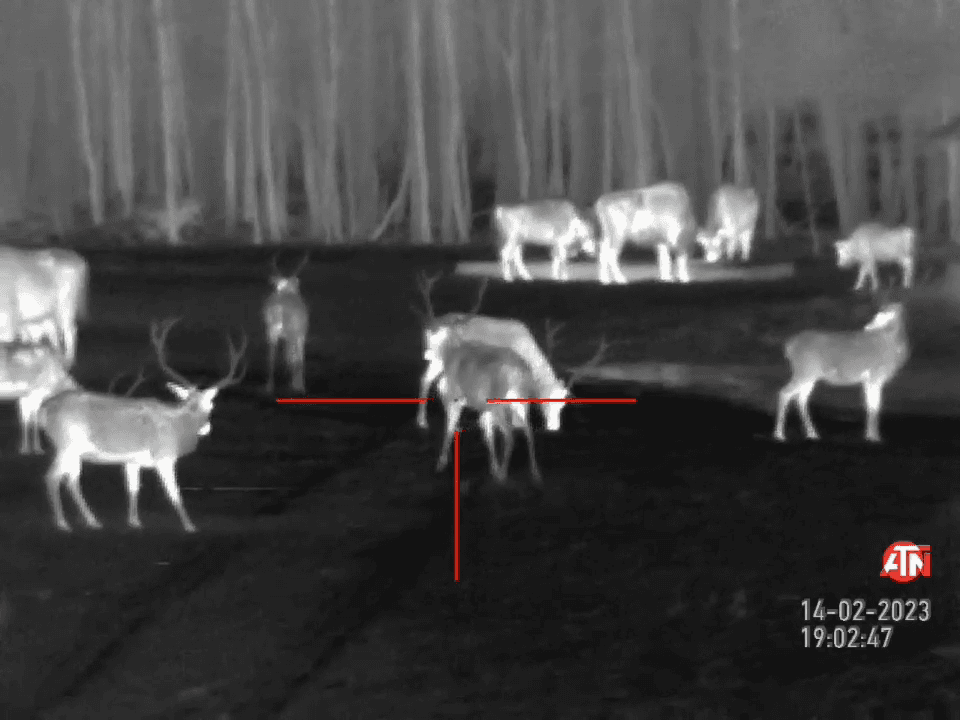
Salon de la Chasse 2025: Unmissable Event for Hunting Enthusiasts Join the Salon de la Chasse et de la Faune Sauvage 2025, from March 28 to 31, at the Parc des Expositions in Mantes-la-Jolie. This premier event celebrates the art of hunting, wildlife conservation, and the latest innovations in the field. Whether you’re a seasoned hunter, a wildlife enthusiast, or simply curious, this event promises unforgettable experiences and insights. What to Expect: 🐾 Dog Training Demonstrations: See the Masters of Water Kennel Labradors in action, showcasing their hunting and retrieving skills. 🦅 Falconry Spectacle: Marvel at the Falconry Team's high-flying birds and learn about this ancient hunting art. 🎨 The Art of Engraving: Witness stunning craftsmanship at the Briano Armoury Stand, where hunting meets artistry. 📸 Photobooth Fun: Capture your visit with memorable photos to share with friends and family. 🤝 Meet the Experts: Chat with Marius Chasse at the Winchester Stand and meet influen
Post: 20 January 09:53
















































